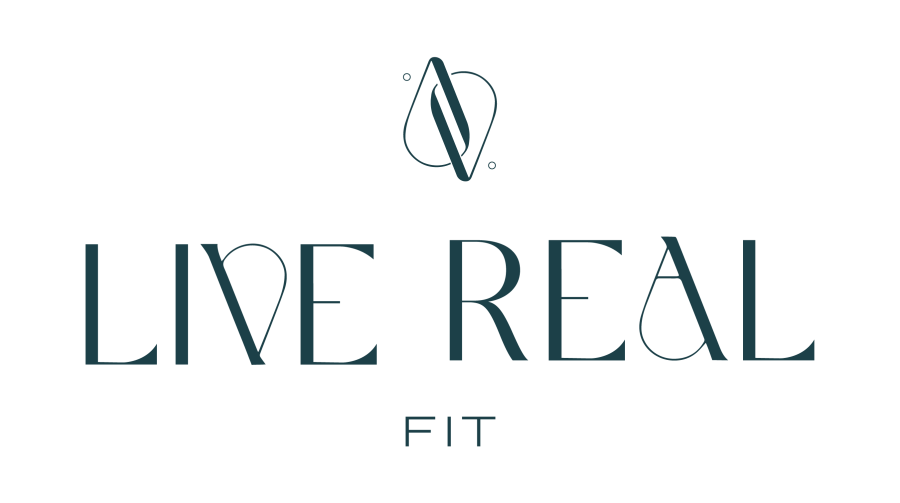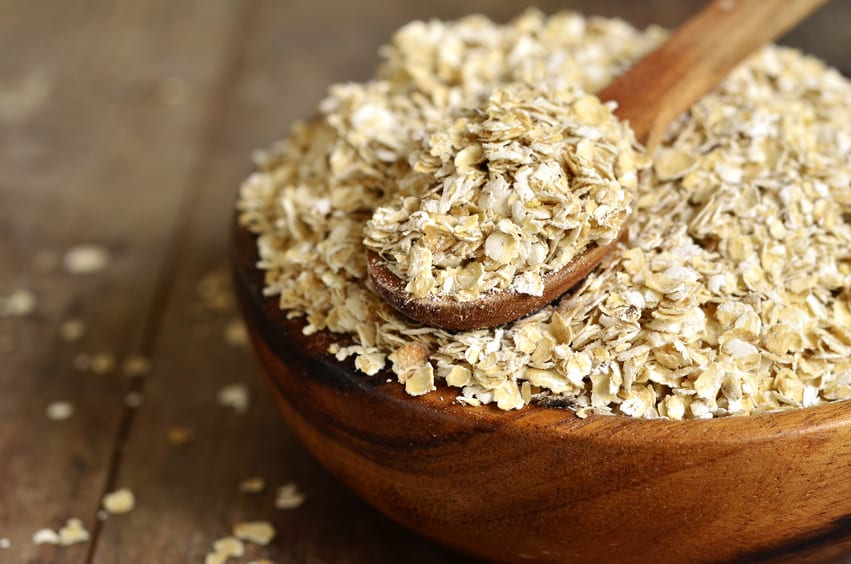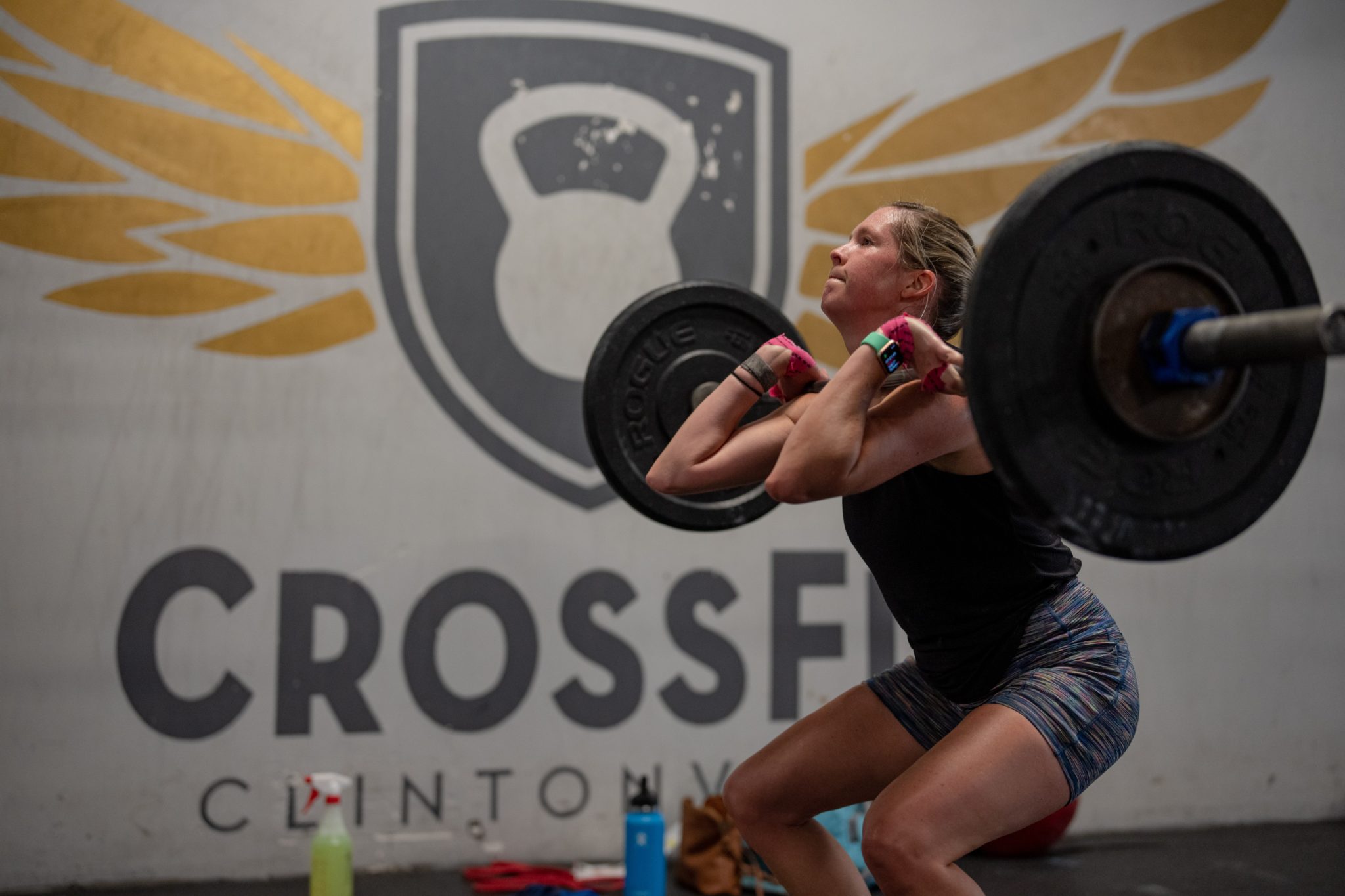The question of how much weight to use for a particular lift comes up a lot when I talk to clients. It can be hard, at times, to gauge how heavy of a weight to select for a given exercise, especially for beginners. Even if you’re not a beginner, it’s tempting to just stay at a certain weight because it’s easier and comfortable. But are you really making any progress? Nope! When I mention finding the 1 rep max for various lifts I am often met with blank stares or furrowed brows. Don’t worry. I am going to take you step-by-step through exactly how to test and find your 1 rep max. It can seem intimidating but I promise there is a safe and easy way to find your 1 rep max.
What is a 1 rep max and why is it useful?
When you’re new to strength training a lot of the terminology can leave you feeling a little confused. Put simply, a 1 rep max is the most amount of weight that can be lifted for a single rep on any given lift. This may seem like unnecessary information for a beginner or really for anyone not competing in a powerlifting meet. However, it is a great way to objectively measure your strength. Knowing your 1 rep max for a lift allows you to effectively build a workout program using percentages of your 1 rep max when selecting the weight for an exercise. This essentially takes the guesswork out of what weight you should be using for a particular lift.
Selecting the right weight for a particular exercise or lift is important to make sure that we are properly challenging the muscle to see change. As the body adapts to a particular weight (load) we need to increase the weight to continue to stimulate the muscle to grow. This concept is called progressive overload. By using percentages of your 1 rm and progressively increasing that percentage over the course of 4-6 weeks you can be more accurate in properly challenging (overloading) the muscle. This will create the proper stimulus causing those muscles to grow (hypertrophy) and get stronger!
Do you need to know your 1 rep max to effectively strength train?
It is not ABSOLUTELY necessary that you test your 1 rep max. In fact, often times I won’t test it with anyone who is new to strength training or a particular lift. It is more important to me that we start with a good foundation; establishing the proper mechanics of the lift before we start working on adding a ton of weight. This is mostly related to compound lifts. These lifts require a certain amount of skill and can pose an injury risk if not properly learned before loading up the bar to a near max effort. In these circumstances, I will focus more on using the RPE (Rate of Perceived Exertion) as a means self-regulated weight selection to continually challenge the muscles. Often times the RPE scale correlates with percentages of 1 RM. Meaning if someone stated they were at a 7/10 after a particular set that usually correlates well to working at about 70% of that persons 1 rep max.
Preparing to test your 1 rep max
As I mentioned above, finding your 1 rep max is most realistic and useful when referring to compound lifts. Testing your true 1 rep max can be challenging and require a certain level of skill in performing the lift.
For beginners and those new to testing, a safe and easier way to test your 1 rep max is to find your estimated 1 rep max. Start by using a 1 rep max calculator (such as this one from bodybuilding.com). Type in a weight you know you can lift and the number of reps you can do. This will then display an initial estimated 1 rep max as well as various percentages based on that number. These percentages are what you will use to perform the warm-up described below as well as actually test.
Before you test or estimate your 1 rep max for any lift you want to make sure you are properly warmed up. Start your warm up with the following sets and reps:
- 8 reps using 30% of the 1 RM
- 6 reps using 40% of the 1 RM
- 4 reps using 50% of the 1 RM
- 2 reps using 60% of the 1 RM
- 1 rep using 70% of the 1 RM
- 1 rep using 80% of the 1 RM
Finding your estimated 1 rep max
Once you are properly warmed up and ready for testing. Take 90% of what your projected 1 rep max is based on the calculator and put that on the bar. Perform as many reps as you can at that weight. Then go back to the calculator and type in the weight and the number of reps you just performed. You’ll now get a new and more accurate estimation of your 1 rep max.
Something important to note here is that if you end up being able to perform more than 5 reps at that weight you may want to test again with more weight. The accuracy of the calculator in predicting the 1 rep max decreases if you input more than 5 repetitions for a given attempt.
Testing your actual 1 rep max
If you are testing to find your TRUE one rep max, first and foremost, you want to have a skilled and capable person(s) there to spot you for safety. This is not something that should be done by yourself. Once you have completed the warm-up you can take up to three attempts to find your true 1 rep max.
Start with putting 90%-100% of your estimated 1 rep max on the bar for your first attempt. Perform as many reps as possible. Based on how that felt you could go up to 100-105% of your 1 rep max for a second attempt. Remember that the goal is to find the heaviest weight you can lift for 1 repetition. If you achieved your 1 rep max on the first or second attempt then you are done. If you were able to do more than one rep you can add weight and go for a third attempt at finding your 1 rep max.
Now that you know how to find your 1 rep max go put it to good use! Select a few compound lifts and start using percentages of that new 1 rep max to help you with weight selection. No more guessing or staying at the same weight. Don’t be afraid to push yourself! You might even end up surprising yourself.
Until next time…
Xx
Allison







